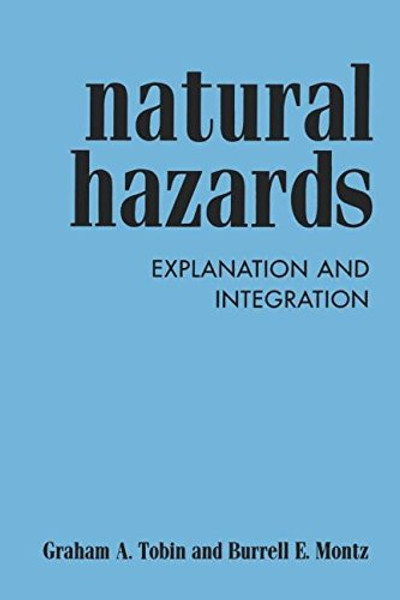Product Overview
Taking stock of what is known about the geophysical and human aspects of natural hazards, this volume provides a cross-disciplinary framework for managing these often cataclysmic events. Unlike traditional texts that utilize a hazard-by-hazard approach, the book integrates perspectives from the physical and social sciences to identify and describe general principles that can enhance our understanding of the physical, social, technical, and economic forces inherent in extreme geophysical events. Focusing on the physical characteristics hazards share, such as magnitude, duration, and frequency, the authors consider individual and community perceptions of these events and explore the effects of different attitudes on behavior and response. In its pragmatic rethinking of hazards policy, the book brings to the fore political and economic factors and provides richly detailed examples of planning-based approaches to hazards management.










